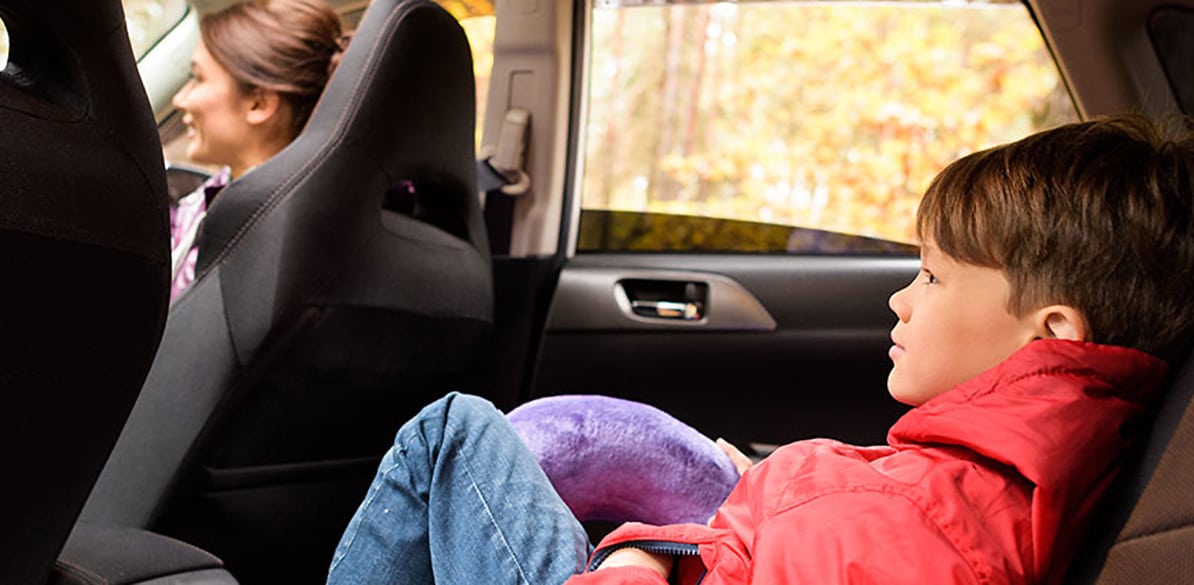What is submarining?
Here is what you need to do to avoid it

Road Safety
Let’s take a brief look at submarining, simply to situate the problem. This effect occurs when the primary occupant restraint is the seat belt. The lap belt must ALWAYS be positioned on the occupant’s pelvis. In a collision, when the lap belt no longer goes over the pelvis but slides upward and presses on the abdomen, an effect called submarining occurs.
What is conducive to submarining and what measures can we take to prevent it?
First of all, children up to 150 cm tall must travel in a child restraint system appropriate to their size and weight. Spanish legislation requires a CRS for children up to 135 cm in height, but it would be appropriate to have them travel in a CRS until they are 150 cm tall, as is the case in neighboring countries such as Germany and as recommended by the latest update of the European Directive 91/671/EEC.
Child restraint systems position the child’s pelvis about 80 mm higher, so that the angle from the seat belt anchorage to the pelvis is greater and, therefore, the risk of upward movement of the lap belt is drastically reduced. If the child travels without a CRS, the risk of submarining is significantly increased. Therefore, our first recommendation is to use a booster seat, with or without a backrest.
Second recommendation: avoid using bulky clothes. This type of garment prevents the correct position of the belt over the pelvis, and this causes the belt to “slip” much more easily as it does not make contact with the iliac fossae of the pelvis.
Third recommendation: when fastening the belt, remove all slack from the belt by stretching the chest strap. How much? Well, as much as you can without causing discomfort.
The fourth recommendation is to avoid reclining the child car seat, either because the CRS itself allows it, or because the backrest of the car has that option. The best position to avoid submarining would be sitting in a figure 4 position: legs and back at 90 degrees. If you recline the back, without lifting the legs, and therefore lose the figure 4 position, the risk of submarining increases.
Finally, it should be noted that static submarining must also be avoided. This is caused simply by poor positioning of the child in the child car seat, resulting in the legs moving forward and the seat belt strap being placed in the wrong position from the start.
We are confident that by following these recommendations, your trip will be safer and without added risks.
